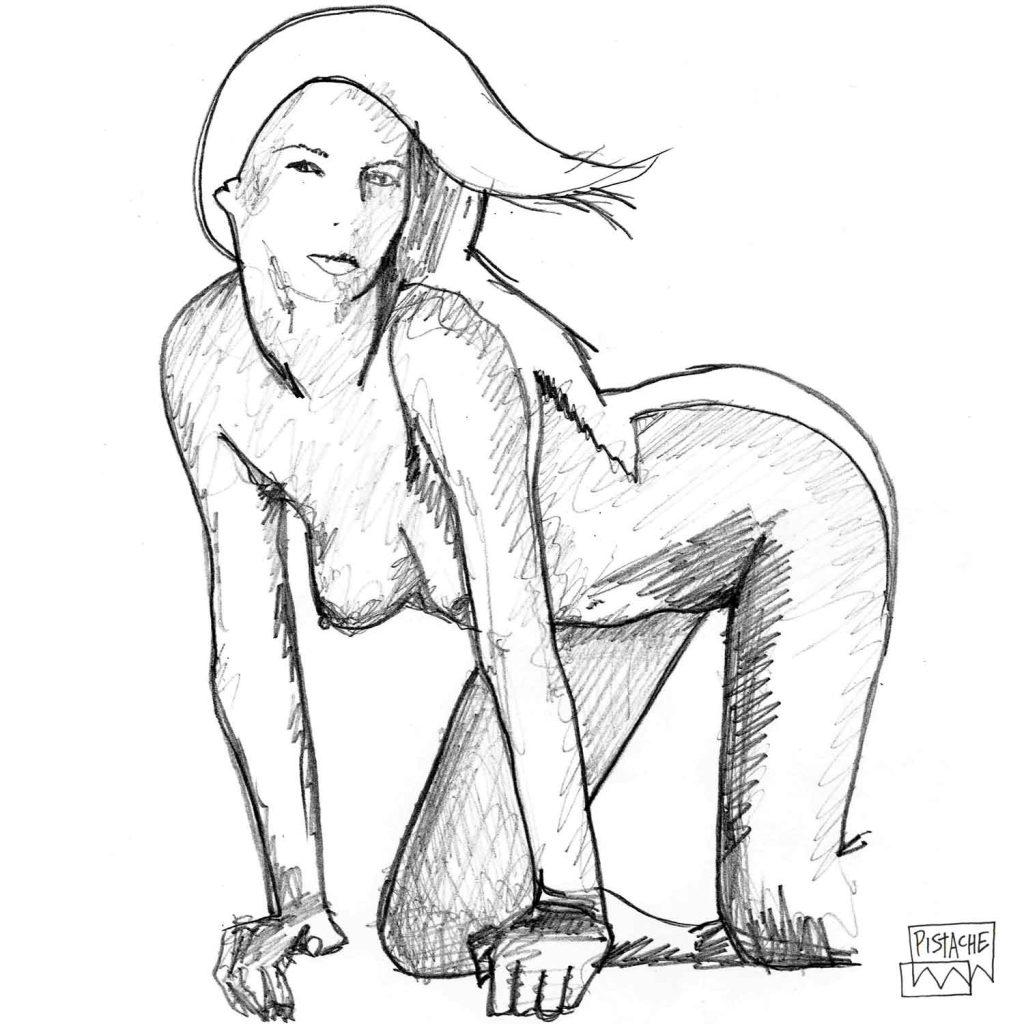
Nude Art
In the quaint town of Creativityville, where imagination flowed like a gentle stream, lived a talented artist named Isabella. Known for her ability to breathe life into mere canvases, Isabella found herself captivated by the allure of drawing nude art.
One summer afternoon, a mysterious figure entered her art studio. It was an enigmatic muse, embodying the essence of vulnerability and beauty. Intrigued, Isabella embarked on a journey to capture the essence of the human form with each stroke of her 3B pencil.
As the sun dipped below the horizon, casting a warm glow upon the studio, Isabella’s masterpiece began to unfold. The interplay of light and shadow became a dance, tracing the curves and contours of her muse. Isabella, like a storyteller with her pencil, delicately unveiled the emotions hidden within the nudity she portrayed.
The muse, revealing more than just a physical form, shared stories of resilience, self-acceptance, and the unspoken tales carried within the folds of the skin. Isabella’s art became a mirror reflecting the beauty of imperfections, celebrating the uniqueness of every stroke.
In the quietude of the studio, a connection formed between the artist and the muse, transcending the canvas. Through the art of drawing nude figures, Isabella discovered the profound ability of art to communicate the language of the soul.
And so, in Creativityville, Isabella’s masterpiece became a symbol of embracing vulnerability and expressing the unspoken stories that lie beneath the surface – a testament to the transformative power of art.
You can check out our Gallery where we sell art prints and more from this collection.
A Short History of Nude Art
The depiction of the unclothed human form, known as nude art, has been a recurring theme throughout the history of art. This tradition spans centuries and various cultures, leaving an indelible mark on artistic expression.
Ancient Greece:
The origins of nude art can be traced back to Ancient Greece, where the human body, particularly the male form, was celebrated for its aesthetic and athletic qualities. Greek sculptures, such as the renowned Venus de Milo, epitomized the beauty of the naked human figure.
Renaissance Period:
The Renaissance era witnessed a revival of interest in classical art, leading to a renewed focus on the human anatomy. Artists like Leonardo da Vinci and Michelangelo explored the human body’s proportions and musculature, creating masterpieces that showcased a profound understanding of anatomy.
Baroque and Rococo:
In the Baroque and Rococo periods, artists continued to explore the theme of nude art. The emphasis shifted from the idealized forms of the Renaissance to more dynamic and sensual representations. Painters like Peter Paul Rubens and François Boucher created voluptuous depictions of the human body.
19th Century:
The 19th century saw a divergence in the portrayal of nude art. While academic artists adhered to traditional ideals, the advent of Impressionism brought a more liberated and naturalistic approach. Édouard Manet’s “Olympia” challenged societal norms with its provocative depiction of a nude woman.
20th Century to Present:
The 20th century witnessed a radical shift in artistic expression. Modern and contemporary artists embraced diverse styles, from the surrealism of Salvador Dalí to the abstract interpretations of Pablo Picasso. The female form, in particular, became a focal point for exploring themes of identity, feminism, and societal norms.
The Future of Nude Art
Nude art continues to evolve in the 21st century, reflecting changing attitudes towards the human body and its representation. Artists explore diverse mediums, from traditional paintings to digital creations, contributing to an ongoing dialogue about the beauty, vulnerability, and complexity of the nude form.
Visit our homepage to check out our other creative projects.
